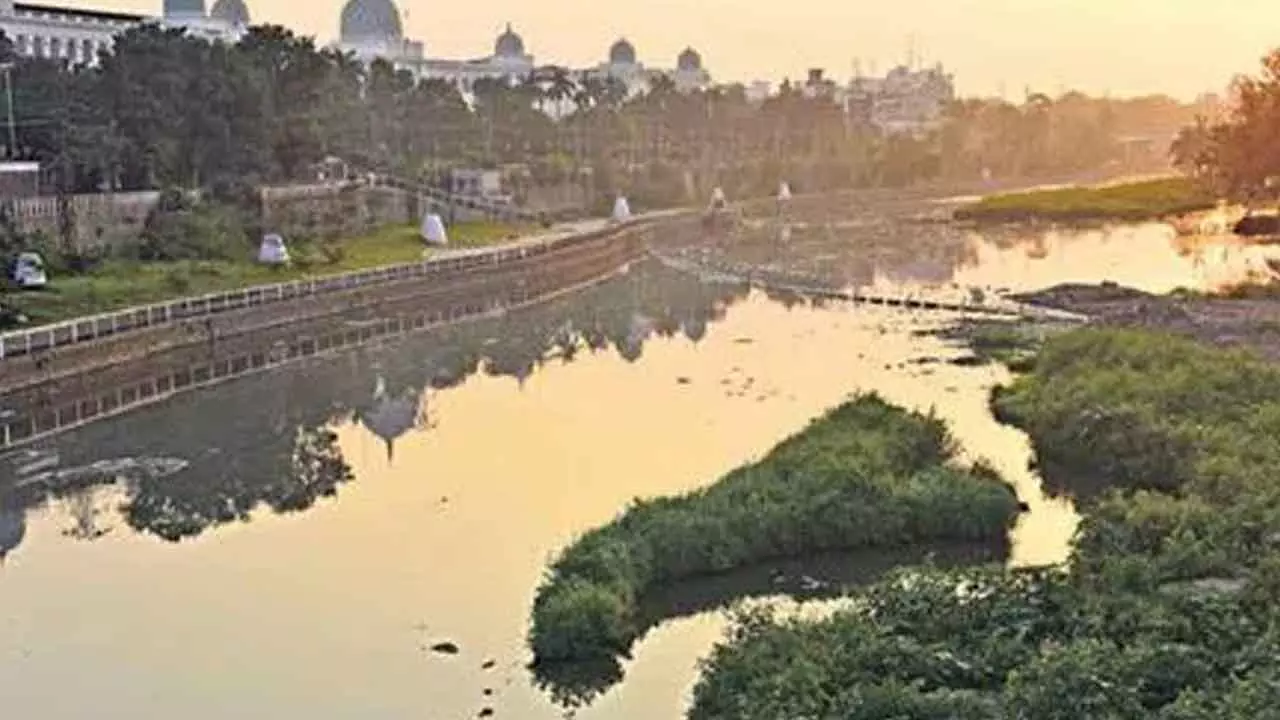Musi River Buildings in Hyderabad Join 2025 World Monuments Watch
Musi River Historic Buildings in Hyderabad join the 2025 World Monuments Watch, spotlighting heritage preservation amid environmental and urban challenges.
image for illustrative purpose

The Musi River Historic Buildings in Hyderabad have been selected for inclusion in the 2025 World Monuments Watch, a flagship program of the New York-based World Monuments Fund (WMF). The announcement was made on Wednesday, January 15, highlighting the global importance of these landmarks and the urgent challenges they face.
The World Monuments Watch is an advocacy initiative designed to draw global attention to cultural heritage sites at risk due to factors such as climate change, urbanization, and natural disasters. This year’s list features 25 sites worldwide, including India’s Musi River Historic Buildings and Gujarat’s Bhuj Historic Water Systems, both of which are grappling with water-related challenges and environmental concerns.
The Musi River Historic Buildings, located along the riverfront in Hyderabad, include key landmarks such as the High Court, State Central Library, Osmania General Hospital, City College, and the former British Residency, now a women’s university. These structures reflect the city’s cultural and administrative heritage, serving as symbols of Hyderabad’s historical prominence.
However, rapid urbanization and environmental degradation have placed these sites under threat. The WMF’s inclusion of these buildings in the 2025 Watch highlights their role in fostering discussions on urban sustainability and heritage conservation.
In its announcement, the WMF underscored the importance of integrating heritage preservation with environmental initiatives. “Hyderabad’s civic landmarks are not just remnants of the past but vital components of a sustainable future,” the organization stated. The recognition aligns with ongoing efforts by the state government to revitalize the Musi River and its surroundings, combining ecological restoration with the protection of historic sites.
The WMF’s President and CEO, Bénédicte de Montlaur, highlighted the broader mission of the Watch program. “Preserving heritage is not only about honoring history but also about creating a resilient and inclusive future for communities worldwide,” she said.
The World Monuments Watch, conducted every two years, aims to mobilize resources and awareness for cultural heritage sites facing critical risks. Challenges addressed by the program include tourism pressures, conflict, and climate-related threats.

